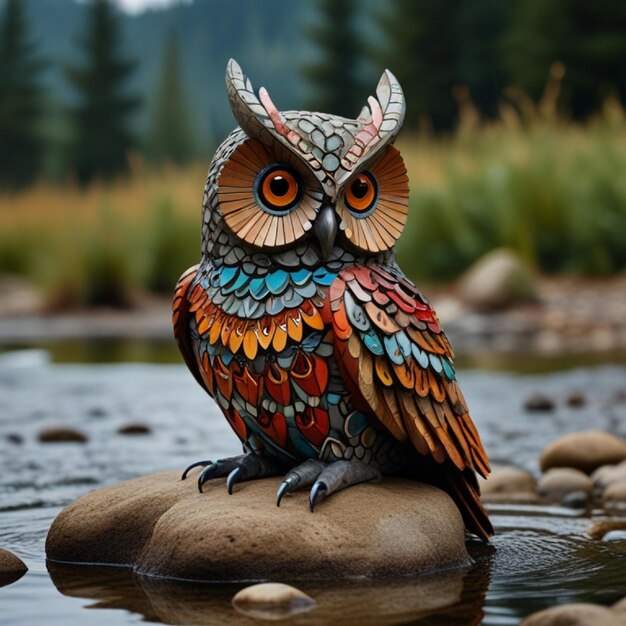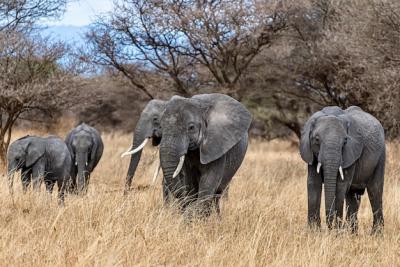Northern Saw-whet Owl: Stunning Free Stock Photos for Download
Northern Saw-whet Owl: A Hidden Gem in the Bird World
The Northern Saw-whet Owl is a charming and small bird that often goes unnoticed in the vast realm of avian life. With its distinct features and captivating personality, this owl deserves recognition and appreciation. Let's delve into the unique aspects of the Northern Saw-whet Owl and what makes it so special.
Physical Characteristics
The Northern Saw-whet Owl has a rounded head and large, expressive eyes that contribute to its enchanting appearance. Here are some of its key physical traits:
- Size: Approximately 7 to 8 inches in length.
- Weight: Generally around 2 to 8 ounces.
- Plumage: Soft, mottled feathers that offer excellent camouflage.
- Facial Disk: A heart-shaped facial disk that helps in sound localization.
Habitat and Range
The Northern Saw-whet Owl primarily resides in forests, particularly coniferous and mixed woods, where they can easily blend in with their surroundings. Their range spans across parts of Canada and the northern United States, making sightings a delightful surprise for birdwatchers.
Behavior and Habits
These owls are primarily nocturnal, preferring to hunt during the night. Here are some interesting behavioral traits:
- Vocalization: The Northern Saw-whet Owl is known for its distinctive "toot" call, resembling the sound of a saw cutting wood.
- Hunting: They primarily feed on small mammals, particularly mice, and will also consume insects.
- Territorial: Males are known to defend their territory vocally, using their unique call as a form of communication.
Conservation Status
The Northern Saw-whet Owl is presently listed as a species of "Least Concern" by conservation organizations. However, habitat loss and environmental changes pose a potential threat to its population. It is crucial to preserve natural habitats to ensure the survival of this beautiful creature.
Why Learn About the Northern Saw-whet Owl?
Understanding the Northern Saw-whet Owl and its role in the ecosystem is important. Here are a few reasons why this owl captures our attention:
- Ecological Importance: As a predator of small mammals, it helps control their populations, maintaining ecological balance.
- Aesthetic Value: Their beauty adds to the charm of the forests they inhabit.
- Inspiration: Owls often symbolize wisdom and mystery, captivating the hearts of many.
Conclusion
The Northern Saw-whet Owl is not just a small bird; it is a symbol of the rich biodiversity that our planet holds. By learning about and appreciating this remarkable creature, we contribute to the conservation of its habitat and the overall health of our ecosystems. Take a moment to listen for its melodic calls the next time you find yourself in owl-friendly surroundings.












